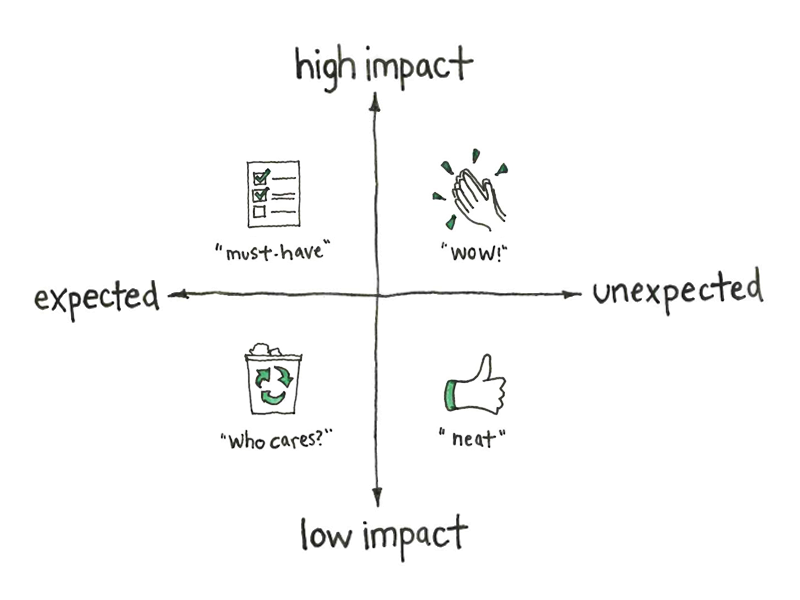3 min to read
AI and the future of lending
Artificial Intelligence will drive the customer experience throughout the loan life-cycle

Financial Institutions (FIs) are fortunate to be in this time where they have the opportunity to take a giant step forward for creating a long-term strategic impact. As the digitization of financial services continues, they have tremendous opportunities to grow business. The proliferation of technology along with deep business expertise can help FIs examine their businesses and find answers to complex questions that typically remained unanswered today, for example - how to assess risk.
To seize this opportunity, FIs need to have a trust in the technology. Technology such as Machine Learning and Artificial Intelligence can help them where they have traditionally failed. For example, risk assessment of new-to-bank or thin file customers.
Artificial Intelligence can help FIs understand borrower’s characteristics, like honesty, ethics, behavior, and attitude, so that even if the capacity-to-pay is not evident, FIs can lend on the basis of borrower’s positive intention to pay. By collecting data from borrowers’ smartphones on their phone usage patterns, type of apps installed, phone make and model, and location patterns, Artificial Intelligence can determine the intent-to-pay.
To begin with, these predictive models may be less effective, but eventually, as the algorithms evolve and the data grows, the decisions will get more and more accurate. And this is where the trust in the technology will be important.
Behavior scoring models can also be used in situations where the loan applicants have been assigned credit scores by the credit bureau as there is often the question of accuracy involved.
 AI Use-Cases for Lending
AI Use-Cases for Lending
Artificial Intelligence can be utilized to improve the customer experience throughout the loan life-cycle.
- Marketing department can benefit through improved targeting in their campaigns.
- Credit risk department can create scorecards to make more informed decisions on whether or not to accept an application.
- Opportunities for cross-sell and upsell can be identified by analyzing the behavior of existing customers. By assessing the risk of default, proactive actions can be taken to mitigate the risk early.
- Collection analytics can predict the likelihood of delinquent customers paying back the debt and the right channel to reach out to these customers. This would not only help in increasing the revenue, but also in reducing the operating costs.
 AI Models - Build vs. Buy
AI Models - Build vs. Buy
Artificial Intelligence can enable FIs to use statistics and machine learning techniques to build credit scoring models on their own, specific to their business needs and customer profiles. In-house analytics can provide insights that are transparent for inputs, methodologies, and assumptions; and flexible in changing assumptions and input parameters, which can be updated frequently.
 AI Platform Capabilities
AI Platform Capabilities
The capability of a financial institution to reap the full benefits of analytics will entirely depend upon the analytics platform or tool they choose to use. The right analytics tool will enable business users to use the system on their own without much dependency on IT or Data Science teams. It will not only provide capabilities to build predictive models, but hassle-free deployment along with configuration of business rules. Deployment will be through APIs to enable the handling of remote requests for model scoring in real-time. Last but not the least, as every model degrades over time due to reasons such as economic drift, FIs need a platform with automated model monitoring capabilities to ensure timely tweaking of the models.
To summarize, it’s high time that forward-looking Financial Institutions invest in the technology and emerge as the leaders of tomorrow.




Comments